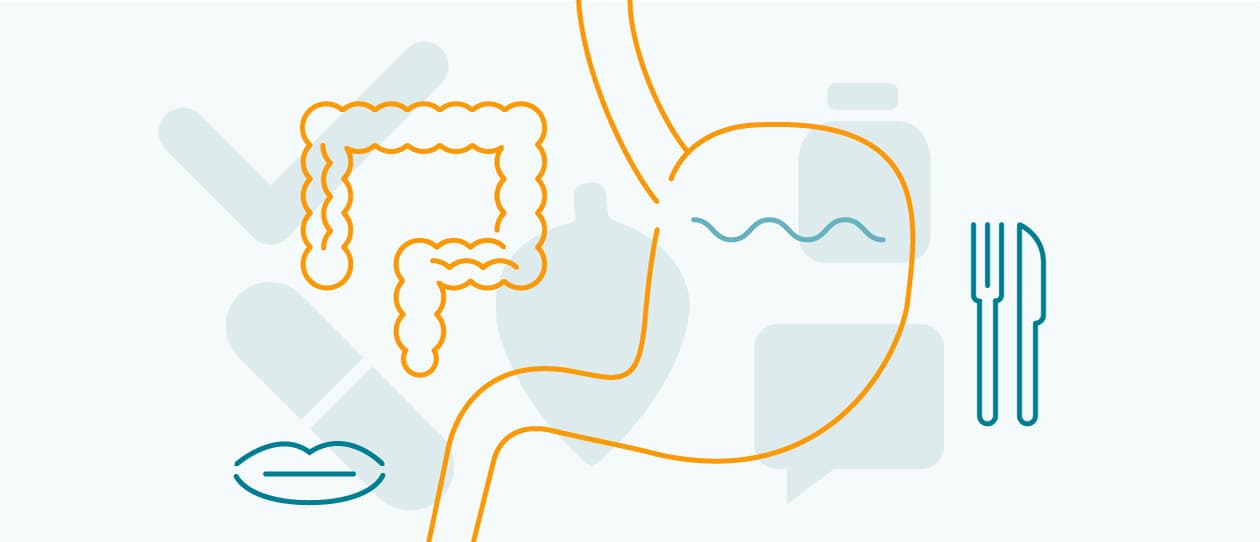
- Health hub/
- Kids Health/
- Colic


It is very common for children to experience colic - although it is uncomfortable and distressing for the child it is a relatively harmless condition that ends after the child is 6 months old. Signs of colic typically include:
- Crying for long periods after a baby has been fed
- While crying, the baby draws his knees up over his stomach as if he has a stomach ache.
- Bowel movement or wind at the beginning or end of crying episodes
- Smiling in young babies, or blueness around the mouth can also be a sign of excess wind
Colic has been linked to a number of causative factors, such as:
- The immature digestive system of the infant
- Weaning the child too early
- Hormones in breast milk
- Allergies (these can be to food eaten by the child, or by the breast-feeding mother)
- Over-feeding
- Swallowing excessive air (e.g. due to the hole in the bottle teat being the wrong size, or using an incorrect position for feeding)
- Crying may worsen the situation as the child takes in extra air
- Treatment with antibiotics at a young age (this destroys the good bacteria, required for digestion, that inhabit the baby's bowel, and may make it more difficult for the baby to develop a regular bowel habit)
Motion can relieve colic, so try gently rocking the baby or taking the baby for a walk, or drive. Giving the baby something to suck may also distract it from the pain.
Gentle massage of the baby's abdomen can assist the wind to pass. Use a massage oil specially designed for babies, and gently massage with the fingertips or palm of your hand. Always follow the direction of the bowel by working from the right hip to the right hand ribs, then across to the left hand ribs and down to the left hand hip. Gentle circular motions around the belly button in the same direction may also be helpful. HINT: It is important that you only massage in this direction - make sure you start at the baby's right hand hip and not your own!
One of the most common problems faced with a colicky baby is the parent's inability to cope, especially if the colic continues over an extended period. The constant crying can get to the best of us. This tension is picked up by the baby, and as a result the condition often worsens. Therefore, the treatment of colic often involves treating the parents! Try taking a B vitamin supplement and a herbal combination containing valerian, passionflower and/or skullcap to help you cope. Talking to other parents can be very supportive.
Consider removing common triggers for colic from your diet if you are breast-feeding a colicky baby. Foods that may be aggravating or causing the condition differ from person to person, but commonly include dairy products, onion, garlic, chilli, cabbage and soft drinks.
If bottle-feeding, ensure that the teat's hole is large enough to help prevent the baby from sucking air. A hot needle passed through the existing hole will usually do the trick.Talking to a lactation consultant can help you develop the best breast-feeding technique for you and your baby. Your healthcare professional can recommend a good one.
Consult your healthcare professional if
- Your baby has never had colic before
- Bouts of colic are accompanied by fever, diarrhoea, vomiting, or constipation
- Your baby's crying sounds painful, not fussy - indicating injury or illness is causing the distress
- Your baby is older than three months and still acting colicky; behavioural problems or illness may be the cause
- Your colicky child fails to gain weight and is not hungry, which suggests illness




